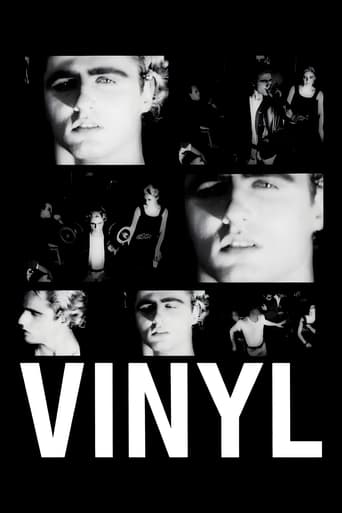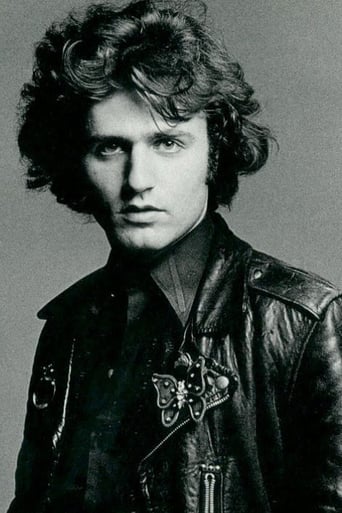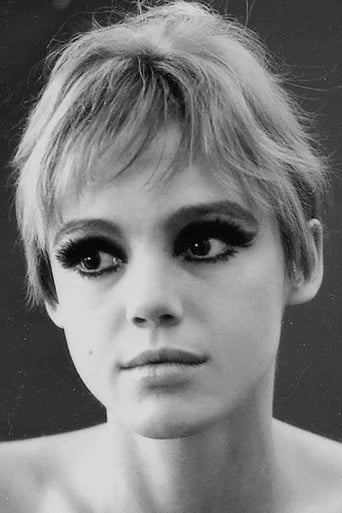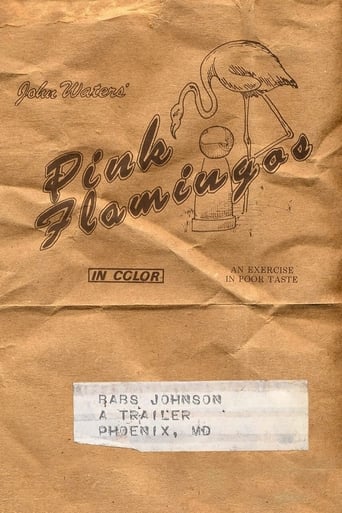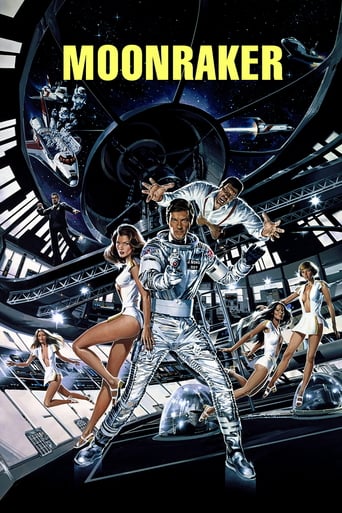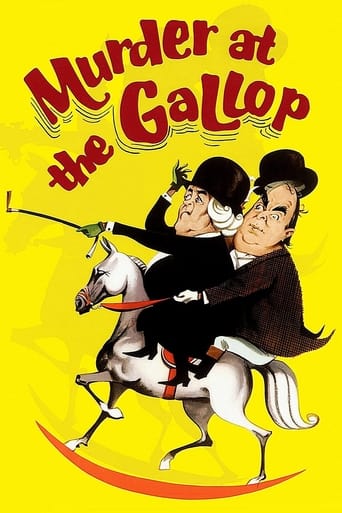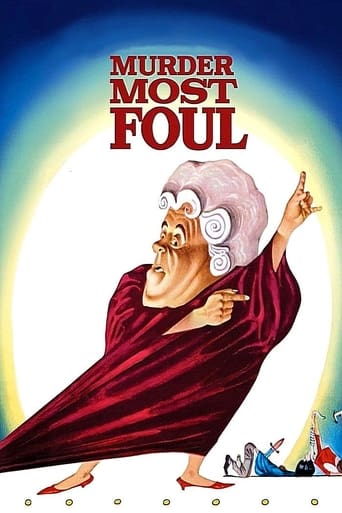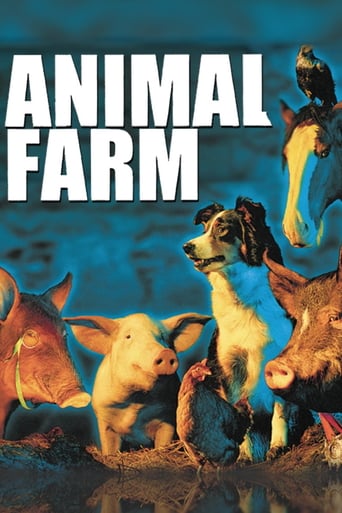Vinyl (1965)
Andy Warhol’s screen adaptation of Burgess's "A Clockwork Orange”.
Watch Trailer
Free Trial Channels
Cast


Similar titles
Reviews
The Worst Film Ever
Perfect cast and a good story
I am only giving this movie a 1 for the great cast, though I can't imagine what any of them were thinking. This movie was horrible
This is a small, humorous movie in some ways, but it has a huge heart. What a nice experience.
Andy Warhol's Vinyl (1965) marginally makes more sense when you view it as an adaptation of Anthony Burgess's 1963 novel A Clockwork Orange-- marginally. The Russian-inspired nadsat slang is Americanized. The criminal main character does not rape and pillage so much as puff out his chest, make speeches about his wrongdoing, and dance to pop music while Edie Sedgwick lounges nearby. The Ludovico treatment is related in a manner akin to a play from the English Renaissance, with the main character telling us what he sees. The acting is pretty bad. The whole thing is shot from two static angles. The sound is muffled, sometimes incomprehensible. So why did I give it seven stars?Vinyl is one of those movies where the concept trumps the actual content. This picture is all about satirizing Hollywood filmmaking by drawing attention to the artifice of filmmaking. Thus why Warhol has his untrained actors act as unconvincingly as possible. Thus why the plot feels so slap shod. It's clever once you "get it," I suppose. I know I was amused, but it won't impress everyone, even those who do recognize the satire at play. However, it's best not to come to it as an actual narrative film or as a bad attempt at adapting ACO before Stanley Kubrick made his classic 1971 version.
The first film version of Anthony Burgess' classic 1962 novel A Clockwork Orange is not Stanley Kubrick's celebrated 1971 film of the same name, but a 70-minute art film by no less a person than Andy Warhol. Andy may have had talent in his pop art, but his direction in Vinyl leaves something to be desired. I just read Burgess' novel for the first time this weekend, and unless people in 1965 had read it first, they might have had considerable difficulty trying to decipher just what in God's name is going on on-screen. The camera stays in one place for the whole movie, which adds to the feeling you're watching a high school play. Indeed, our protagonist reads out his lines with the monotony and lack of emotion you'd expect from high school actors. The film includes a couple things from the book not in Kubrick's version- the protagonist tearing up the books of a victim, a speech about how no one asks why a good person does good things. But in removing the Nadsat, Warhol in effect guts the story of its poetry. The dancing to music goes on too long, and the protagonist describing what he sees in the conditioning films gets repetitive fast. Although I'll admit, I laughed good when they finally mixed it up with something truly bizarre- "I see little children having their teeth pulled out by yellow dwarfs." Wait, what? At the end of the day, it's Kubrick's version that does the most justice to its source material, and that's the reason it's the most remembered version.
This footage is little more than a filmed rehearsal in a corner of a warehouse. Warhol demonstrates the 'less is more' mantra to an unplumbed basement of embarrassment. This vision of Warhol's really has nothing to do with the medium of film, and all that is learned is that he was very spoiled to have the resources in order to make this, for there are bound to be more important artists and concepts (and even adaptations) that went un-filmed in this era of early experimentation.Warhol fills a stage with the cast, and we can only sympathize with them, for their talents are criminally obstructed by the moronic limitations imposed upon them. With presumably only the source text (a novel) to go by (for who would argue that any useful screenplay was written?), the actors go about filling out the bare guidelines of the inappropriately treated material. Warhol, like a spoiled child, asks so much of his cast while giving so little; and beyond that, he almost seems to obstruct or minimize the source material.Given this, the performers do what they can when they can, and without them, this film would have nothing to give. Warhol's demonstrated contempt for cinema acts as a saboteur; the performers at the mercy of his nonconstructive (mark it, not 'de-constructive') approach, and we are forced to watch them feel for cues, lines and staging directions. Shamefully, it is left for them to stick their necks out. Warhol, like a selfish undergraduate, seems to hide childishly behind the camera – the very last place any true artist would escape to.Carillo, Latrae and particularly Malanga are victorious even with these enormous obstructions (not, I argue, because of them). Their lines are delivered fairly robotic-like and sporadically; a rhythm is established because of this, but it abandoned well into the 'second-reel'. Here we are treated to some off-camera sadism, while even the most hardened of extras (E. Sedgewick for example) remain distant, unmoved and as bored as anyone else involved: actors and audience alike. When the cast display indifference and the director promotes his carelessness, we are only left with spectacle. Even there, 'Vinyl' has little to give. The highlight of the film (or at least the most memorable set piece) is that of Malanga dancing to 'Nowhere to Run'.Twice.Following this there is a smattering of whipping, strapping, beating and struggling. The film then descends into further unscripted stumbling and ramblings. Most of it stays in frame.I can't see what Warhol gave us with this film. The narrative is lost, the actors are maltreated, and the production values do more harm than good. Warhol fails on virtually all grounds here – the real kudos needs to go to the performers. This film is a very selfish one, spawned from a selfish, lazy director.
Warhol's adaptation (for lack of a more shambling word) of Anthony Burgess' A CLOCKWORK ORANGE begins with a giant closeup of the glowering droog antihero, then moves backward to reveal him narcissistically preening while a crowd of poshy socialites sits blithely by. If this sounds familiar, it's because it's the same opening Stanley Kubrick designed for his version of the book--except that Warhol, working on a sub-Z budget, could only zoom backward, not track.VINYL is staged in what seems to be a corner of Andy's Factory loft, where a knot of S&M kidnappers, languid dilettantes, plainclothesmen and JD's act out Burgess' fable of a thug's "cure" through mind control. The moralizing of Burgess' novel gets instantly burned away in the wake of a kooky combination of elegant minimalist mise-en-scene, rough-trade heavy breathing, and the usual Warholian giggling at seemingly blithe freaks and damaged goodsSome of the picture lags under the burden of Ronald Tavel's clunky sixties-off-Broadway writing, but the first sequence is sheer amazement--climaxing with the droog Gerard Malanga's motto-delivering monologue (a pinnacle among Warhol is-this-supposed-to-be-bad? scenes) and his nutty chicken dance to Martha and the Vandellas' "Nowhere to Hide"--played all the way through, twice. (The start-up of rendition #2 gets the movie's biggest laugh.)As always in Warhol, the stasis of the image gives the picture the feeling of a window onto eternity. And the combination of extreme glamour and fox-in-the-henhouse cruelty, framed in compositions that recall heads in a vise, suggests the excitement this work must have had for an ambitious young Bavarian actor-playwright named Rainer Werner Fassbinder.

